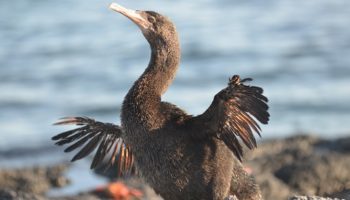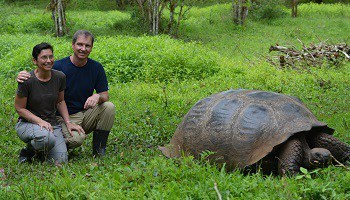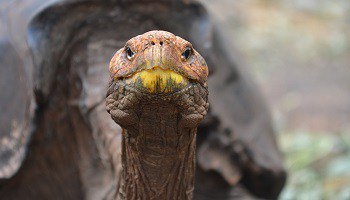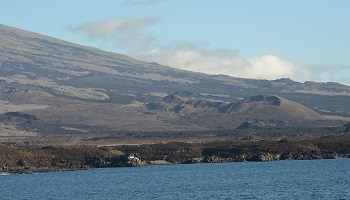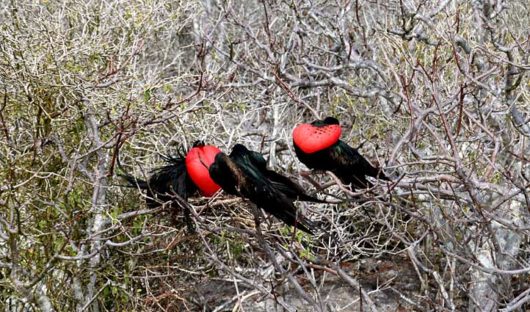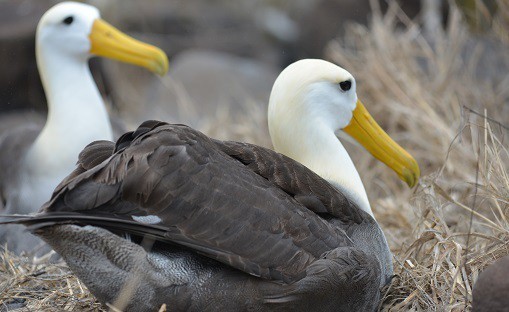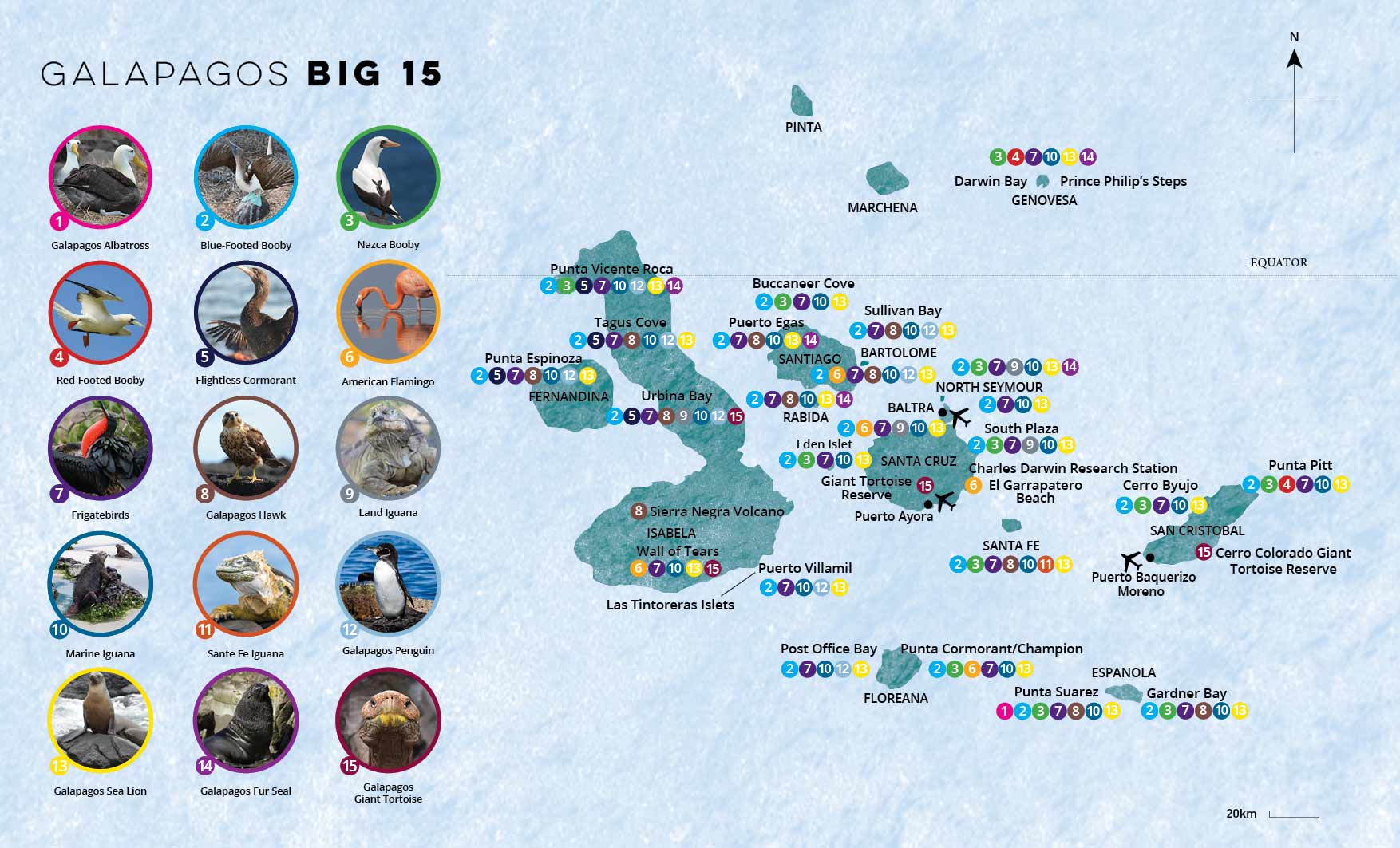A Galapagos cruise is a unique experience as well as a holiday of a lifetime, it’s not only for birdwatchers or wildlife obsessives but for every traveller who has any interest in seeing the incredibly diverse and often unique species of birds, reptiles and mammals. The isolation of the islands and the minimal contact with humans has made the wildlife almost totally unafraid and allows visitors to see them at closer quarters. Over the last five years many new and luxury ships have been built to operate in this wondrous destination. Standards are high; cuisine is excellent, your expedition/naturalist guides are extremely knowledgeable and offer a rewarding and informative experience. Ships range in size from just 16 guests up to 100 guests. There are benefits to both small and large ships and we’ll happily discuss the options with you.
On a luxury or first-class Galapagos cruise you will visit many of the islands where you will participate in short walks, snorkelling, Zodiac (locally referred to as a Panga) cruising and kayaking as well as visiting a Giant Tortoise Breeding Centre.
Galapagos Cruise Travel Centre is a sister company of South America Travel Centre specialising in creating unique and tailor-made itineraries in all of Latin America, specifically for you, including a Galapagos Island cruise and any additional exploration in Ecuador, or other countries in South America, that suits your interests. Our expert travel consultants have firsthand experience of many Galapagos boats and will create the perfect Galapagos holiday for you and your travel companions.
GALAPAGOS CRUISE TRAVEL CENTRE DIFFERENCE

Our experienced Galapagos cruise consultants have travelled widely in South America, including the Galapagos Islands, and have first-hand knowledge of a wide range of Tourist Superior, First and Luxury Galapagos cruise vessels. Each Galapagos cruise that our specialists select is matched to your needs and your pre/post travel in South America is tailored for you.
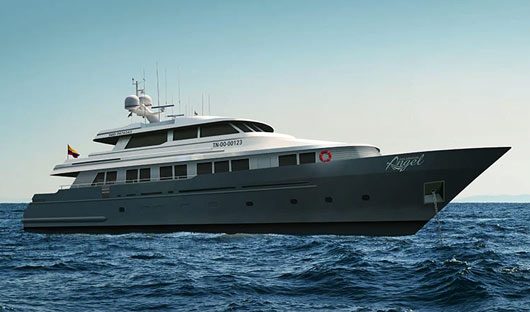
Galapagos Islands Cruise ships range in size from those with just 16 guests to ships with 100 guests. There are advantages to both and it really depends on what you want. To speak with one of our specialist team, who have travelled to the Galapagos, please call 1300 860 859. Your dedicated consultant will find the ship and operator best suited to your needs; as well as looking for any special offers in place at time of booking.

We’ve tried to answer many frequently asked questions as well as offer our insights into the key factors that should be considered when asking ‘what’s the best Galapagos boat and cruise for me’? Which ship, which itinerary, when to go and a host other important factors? As Independent experts with first-hand experience of numerous operators, ships and itineraries we hope you find this useful?
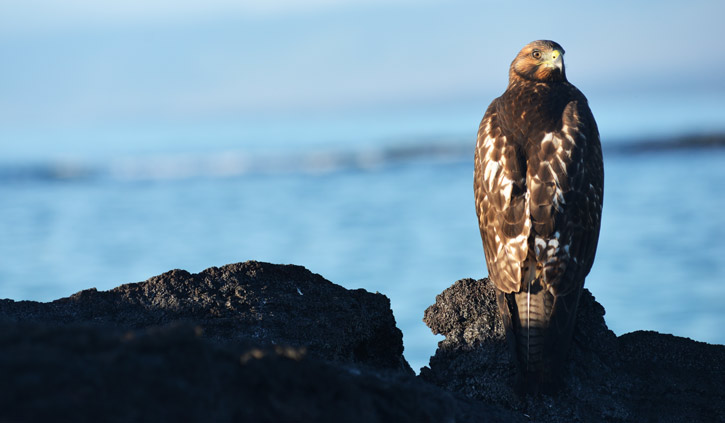
BOOK WITH CONFIDENCE
We have been operating since 1995 and have carefully selected ships and operators with proven track records. As a member of Australian Travel Industry Association (ATIA) and the ATIA accreditation scheme ATAS you have financial security when booking with Galapagos Cruise Travel Centre. We are a wholly Australian-owned company.
We are proud to be Members of the International Galapagos Tour Operators Association (IGTOA).
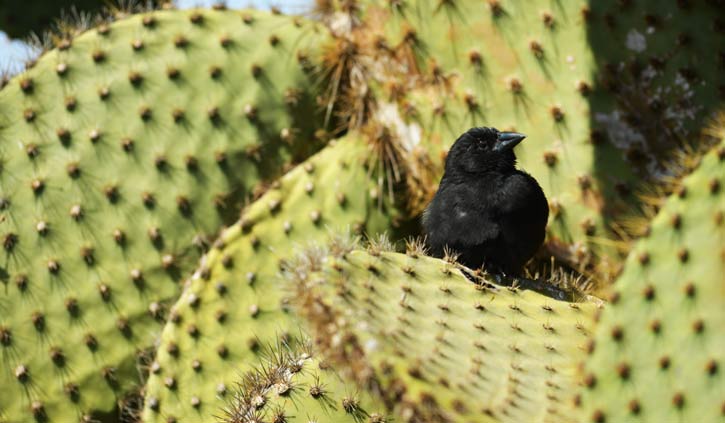
Galapagos Cruise Travel Centre is part of Tailor-Made Journeys Pty Ltd. All cruises to the Galapagos Islands from Quito or Guayaquil in Ecuador.
South America Travel Centre is our dedicated South America tailor made tour division, with 25 years of experience in travel throughout South America we can arrange all of your pre and post-holiday arrangements in a seamless and efficient way.

In addition to South America (including the Galapagos) we also have a dedicated Antarctic Cruise web site (Antarctica Travel Centre).
Some of our guests choose to combine a Galapagos Cruise with an Antarctic Cruise. As specialists with first-hand experience we welcome the opportunity of creating your trip of a lifetime.


